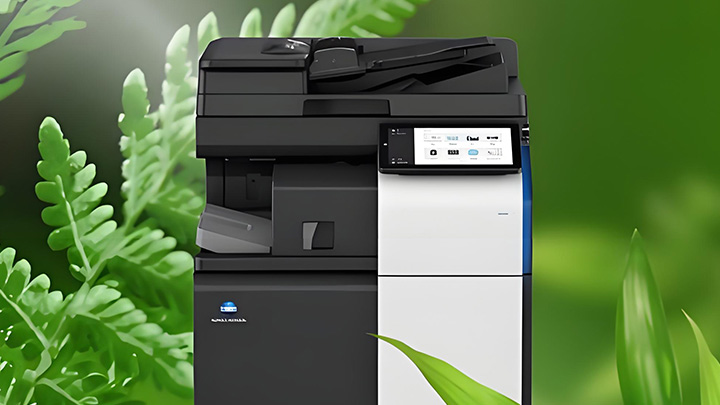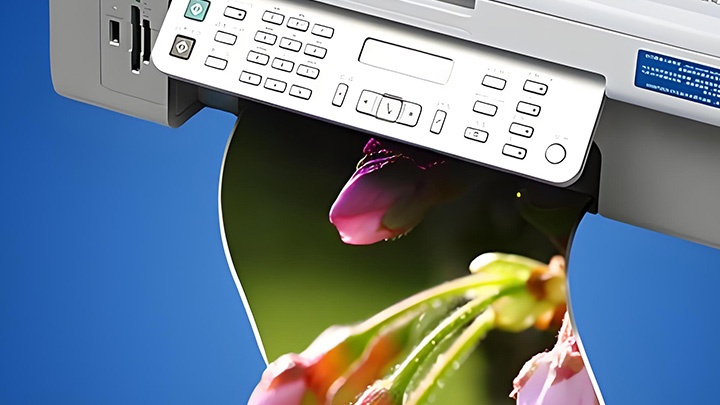Are Printer Parts Fully Interchangeable? Understanding Compatibility Issues
When it comes to printer maintenance and repair, many users assume that all replacement parts—like ink cartridges, toner, rollers, or printheads—are universal or interchangeable across different models. However, the reality is quite different. Printer parts are not fully compatible across all brands or even models, and using the wrong components can lead to poor performance, errors, or even permanent damage.
In this article, we’ll explain why printer parts are not always interchangeable and what to watch for when replacing components.
1. Brand-Specific Design
Each printer brand—HP, Canon, Epson, Brother, etc.—uses its own proprietary technologies and part designs.
- Ink and toner cartridges are shaped and chipped differently across brands.
- Printheads and fuser units are engineered specifically for the mechanical and electrical layout of a particular printer series.
- Rollers and trays are sized to fit only certain chassis and paper feed systems.
Why? This design strategy helps brands ensure optimal performance and also protects their supplies market.
2. Even Models from the Same Brand May Not Be Compatible
Many users assume that if two printers are from the same brand, their parts can be swapped. Not necessarily.
- For example, HP 61 ink cartridges won't work in a printer designed for HP 65.
- Some Canon PIXMA models share ink types, while others in the same series use completely different cartridges or printheads.
- Laser printers from the same brand may use different toner shapes or fuser sizes.
Tip: Always check the exact model number before buying parts.
3. Firmware and Chip Restrictions
Modern printers use smart chips on cartridges and parts to track usage, prevent counterfeits, and enforce brand usage.
- Installing a non-original or incompatible cartridge may trigger an error message or disable printing altogether.
- Some updates in printer firmware even block third-party cartridges unless they match specific codes.
The printer “knows” what parts are expected—and often rejects anything else.
4. Differences in Print Technology
Printer models differ based on technology type, such as:
- Thermal inkjet (HP, Canon)
- Piezoelectric inkjet (Epson)
- Laser technology (Brother, Xerox)
Each type requires specific printhead designs, toner formulas, or paper paths, which affects part compatibility.
Using incompatible parts can damage internal components or lead to print failures.
5. Risks of Using Non-Compatible or Universal Parts
While some universal or third-party parts claim compatibility, they often come with trade-offs:
- Lower print quality
- Error codes or malfunction
- Shortened printer lifespan
- Voiding manufacturer warranty
Incompatible fuser units, rollers, or printheads can cause misfeeds, overheating, or ink leaks.
6. How to Ensure Compatibility
To avoid wasting time and money:
- Check your printer's exact model number (e.g., HP LaserJet Pro M404dn)
- Consult the manufacturer’s official parts list or website
- Buy parts labeled “OEM” (Original Equipment Manufacturer) when possible
- Read reviews or ask the seller about compatibility before buying third-party parts
Conclusion: Compatibility Matters in Printer Maintenance
Printer parts are not one-size-fits-all. Whether you’re replacing a cartridge, fuser, or roller, using the correct part designed for your specific model is essential for performance and longevity. While it may be tempting to save money with universal or off-brand parts, mismatches can lead to errors and costly damage.




